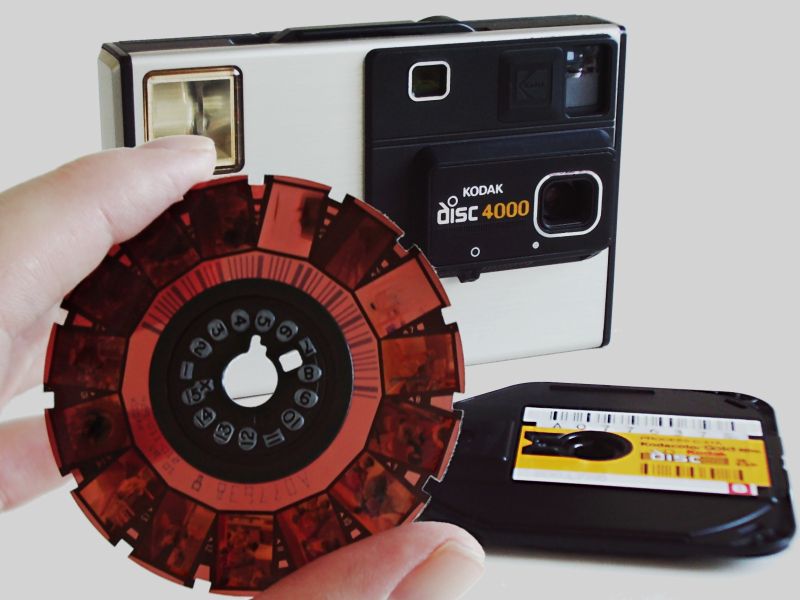Yeah you can still buy film and get it developed in any developed country - hahaha - but I amnot sure about disposable cameras. They were a scrourge on the environment anyway. Actually, there are several new films being marketed lately. There is a special look and feel to film photos, for sure, but it is costly - getting over $1.50 AUD per shot nowadays, but at least your memories are saved for possibly hundreds of years, and cannot be deleted accidentally by a couple of clicks, nor lost in the digital dark age....

 theworld.org
theworld.org
The "Father of the Internet" is very worried

There are many pro photographers who have lost years of digital work - totally gone - thru hard drive failure. I met one just last week. He lost three years of his "life" when his back up drives got zapped. Another fella in San Fran I think it was, lost ten years of work when his offline computer and back up drives got destroyed by an electrical storm. It really pays to back up off-site and unplugged and do it very regularly. Many pro's are doing 4X digital back ups now, on and off site.
BW negatives are good for over 100 years if processed properly. Microsoft has recently 'saved' their OS onto good old BW 35mm film. they have printed the code onto miles and miles of BW neg film and stored it in some mountain storage location in the USA apparently.
Colour negs are not as stable.BW will never die. It is actually surviving very well thanks to those who care about quality and permanency and take pride in doing things themselves and not handing over their life story to guuugoil ;-P

Scientists warn we may be creating a 'digital dark age' - The World from PRX
We live today in the age of digital data. Your photos, your documents and more are stored in the cloud, thumb drives, laptops and tablets. But, surprisingly, we might be in more danger of one day losing our data than we were in the past.
The "Father of the Internet" is very worried

Google's Vint Cerf warns of 'digital Dark Age'
Vint Cerf, a "father of the internet", says a way must be found to stop all our images and documents being lost through technological obsolescence.
www.bbc.com
There are many pro photographers who have lost years of digital work - totally gone - thru hard drive failure. I met one just last week. He lost three years of his "life" when his back up drives got zapped. Another fella in San Fran I think it was, lost ten years of work when his offline computer and back up drives got destroyed by an electrical storm. It really pays to back up off-site and unplugged and do it very regularly. Many pro's are doing 4X digital back ups now, on and off site.
BW negatives are good for over 100 years if processed properly. Microsoft has recently 'saved' their OS onto good old BW 35mm film. they have printed the code onto miles and miles of BW neg film and stored it in some mountain storage location in the USA apparently.
Colour negs are not as stable.BW will never die. It is actually surviving very well thanks to those who care about quality and permanency and take pride in doing things themselves and not handing over their life story to guuugoil ;-P

